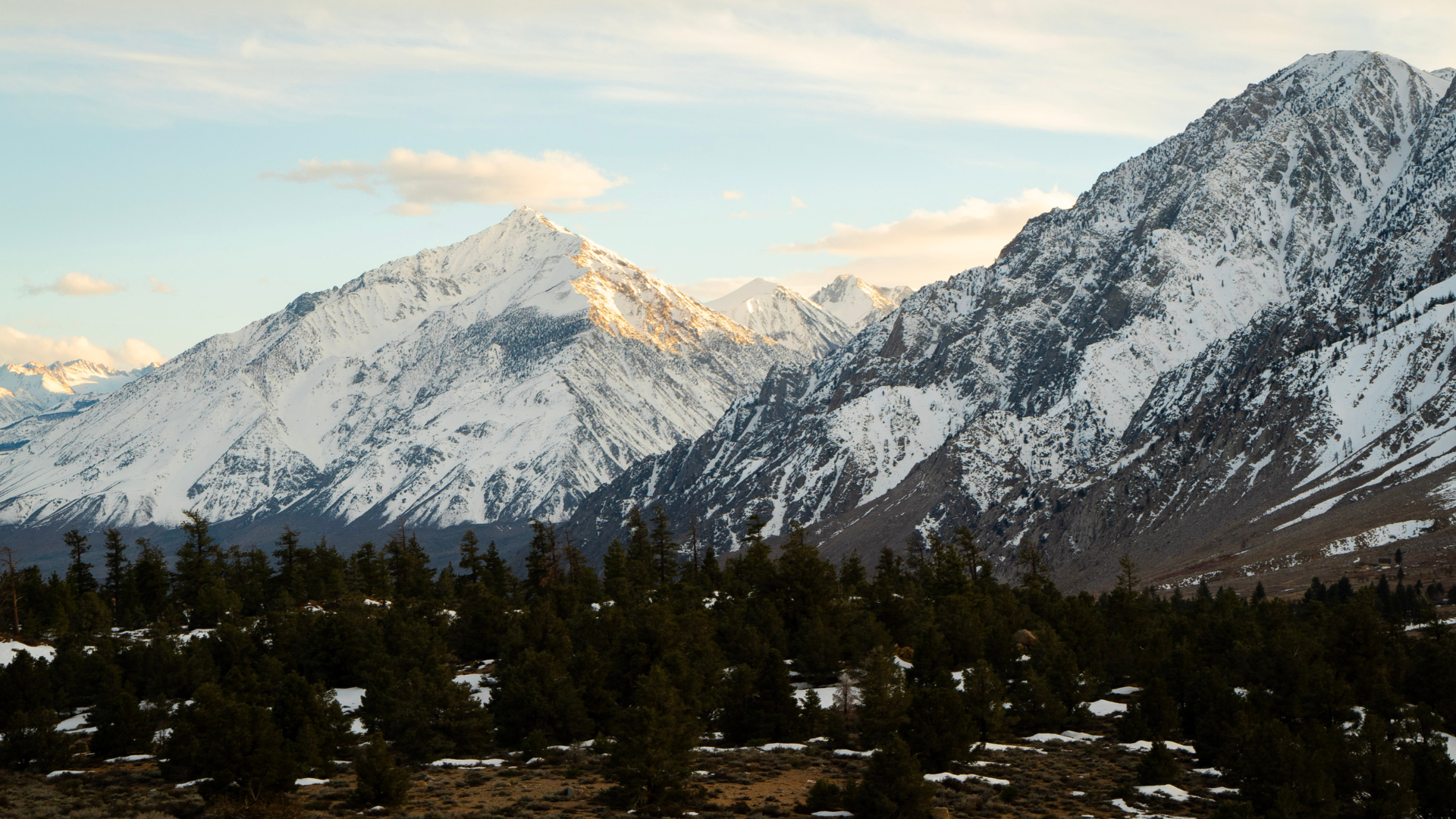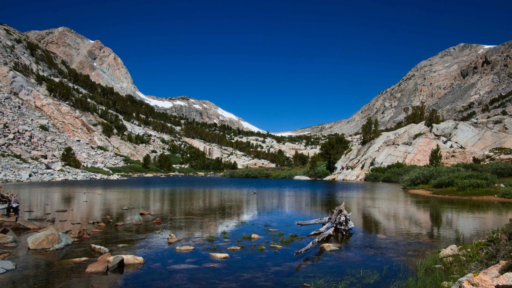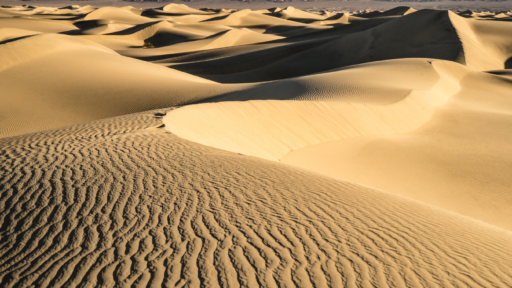Nestled at 4,150 feet in the heart of the Owens Valley, Bishop, CA is more than just a pit stop on the way to Mammoth. It’s a place with deep Indigenous roots, a cowboy spirit, and a complicated past that still shapes the way the town operates today. If you’ve ever sat in the Bishop City Park under the cottonwoods or floated the Lower Owens River, you’ve experienced a place that has weathered land grabs, environmental battles, and boom-bust economics—and somehow kept its soul intact.
Indigenous History: Long Before the Railroads and Ranches
Long before settlers rolled through with fences and survey stakes, the Owens Valley was known as Payahuunadü, or “The Place of Flowing Water,” by the Paiute (Nuumu) people. Alongside the Shoshone (Newe) and Timbisha peoples, they lived in sustainable harmony with the region’s rivers, springs, and lakes—managing the landscape through controlled burns, harvesting native plants, and building an intricate system of irrigation ditches to farm in the high desert.
Much of what Bishop became is rooted in this Indigenous stewardship. Unfortunately, like most of the West, settler expansion and land seizure erased much of this heritage—though the Bishop Paiute Tribe, now the fifth-largest tribe in California, remains a vital part of the community.
Visit 👉🏽 Owens Valley Paiute Shoshone Cultural Center
Ranching Roots & The Rise of Bishop
Bishop wasn’t always a town. It started as a farming outpost in the mid-1800s, when settlers like Samuel Addison Bishop arrived and planted alfalfa near the Owens River to feed cattle being driven to the gold mines in Nevada. (Yes, Bishop is named after a rancher, not a clergyman.)
By 1862, the U.S. government established Camp Independence, a military outpost meant to control the local Indigenous population and protect settler interests—in other words, clear the way for expansion. The result was a painful period of conflict and forced removal, with lasting consequences still felt today.
Despite this dark history, the town of Bishop steadily grew into an agricultural hub, with ranches and orchards spreading along the valley floor. Water from the Owens River was the lifeblood of the region, feeding crops and cattle and establishing the Eastern Sierra’s first economic foundation.
Enter the DWP: Water Wars Begin
You can’t talk about Bishop’s history without talking about Los Angeles and the infamous DWP. In the early 1900s, agents from the Los Angeles Department of Water and Power quietly bought up huge tracts of land and water rights across the Owens Valley. The goal? Divert all that pristine Sierra snowmelt to feed LA’s urban sprawl via the Los Angeles Aqueduct, completed in 1913.
What followed was a full-blown water war, with locals dynamiting sections of the aqueduct in protest. Bishop, like the rest of the Owens Valley, lost more than just water—it lost economic autonomy. Agriculture declined, development stalled, and over time, LA came to own 90% of the private land in Inyo County. That control continues today, stifling tax revenue, housing, and business growth.
Read 👉🏽 Water Wars: A multi-part investigation into the Los Angeles Department of Water and Power’s presence in the Eastern Sierra, and its
Climbing, Conservation & Counterculture
In the 1960s and ’70s, Bishop began to attract a different crowd: rock climbers, backpackers, trout bums, artists, and dirtbags who saw the Eastern Sierra as a sacred playground. The Bishop Creek drainage became a basecamp for summer hikers. The Owens River drew anglers from around the world. And Buttermilk Country? That’s now one of the most iconic bouldering areas on the planet.
At the same time, a new conservation ethic began to take root. Locals fought for wilderness protection, better land management, and smarter recreation practices. Groups like the Friends of the Inyo, Sierra Forever, the Bishop Paiute Tribe’s Environmental Management Office are Bishop Area Climbers Coalition, are still leading those efforts today.
Follow 👉🏽 Friends of the Inyo
Follow 👉🏽 Sierra Forever
Follow 👉🏽 Bishop Area Climbers Coalition
Modern Bishop: Small Town, Big Soul
Today, Bishop is both a gateway and a destination. It’s the largest town between Lone Pine and Mammoth, offering everything from fly shops and feed stores to craft coffee and climbing gyms. Events like the Millpond Music Festival, Flash Foxy Climbing Festival, and Bishop Mule Days showcase the region’s quirky, eclectic energy.
And yet, the challenges remain. Land use battles continue. Water politics still dominate local decision-making. But through it all, Bishop’s independent streak remains unshaken. Whether you’re born here, just passing through, or one of the many who came for the weekend and never left, this place has a way of sticking with you.
Respect the Past, Support the Future
Understanding Bishop’s history means acknowledging its complexity—its beauty and its bruises. So when you visit, recreate responsibly. Support local businesses. Learn from Indigenous voices. And maybe stop for a second under those big cottonwoods and appreciate everything this wild, resilient valley has survived.






